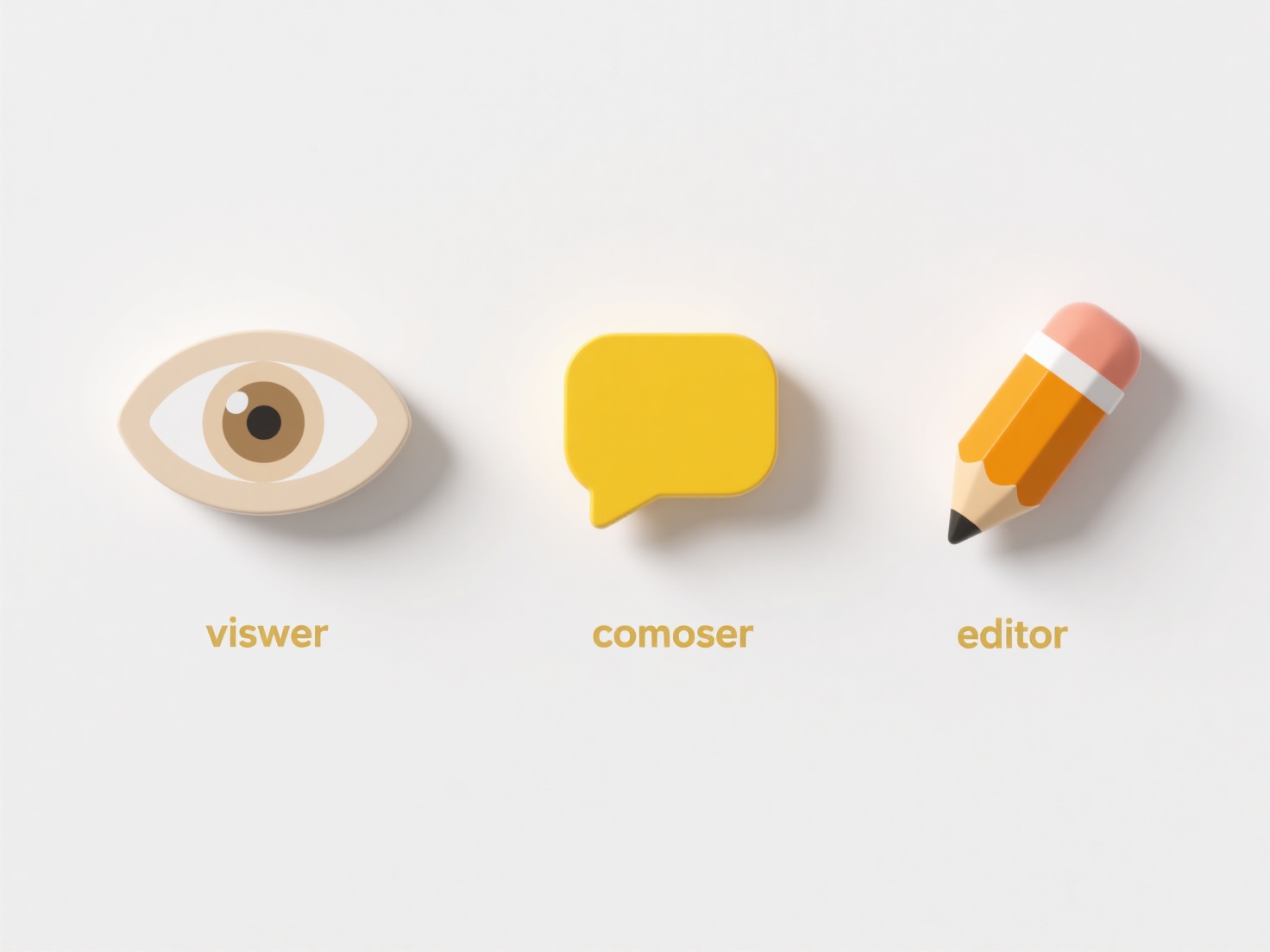
Yes, you can merge two files that caused a conflict. A merge conflict happens when changes to the same part of a file occur independently in two different versions (like different branches or collaborators' work). The version control system (VCS), such as Git, detects this overlap and cannot automatically decide which change to keep. It marks the conflicting area directly within the file, requiring manual resolution.
For example, developers resolving feature branch conflicts in Git use tools like VS Code or GitHub's web editor to review the marked conflict sections (<<<<<<<, =======, >>>>>>>) and choose which changes to keep. Similarly, conflict resolution occurs when merging document edits in real-time collaboration platforms like Google Docs or Microsoft Word Online, where conflicting edits are highlighted for the user.

Successfully resolving conflicts integrates all desired changes accurately, preserving the work history and enabling collaboration. However, the manual process requires careful review to avoid introducing errors or losing intended changes. While necessary for collaboration, frequent conflicts can indicate workflow issues. Modern VCS tools continue to improve conflict detection and resolution interfaces to make this process more intuitive.
Can I merge two files that caused a conflict?
Yes, you can merge two files that caused a conflict. A merge conflict happens when changes to the same part of a file occur independently in two different versions (like different branches or collaborators' work). The version control system (VCS), such as Git, detects this overlap and cannot automatically decide which change to keep. It marks the conflicting area directly within the file, requiring manual resolution.
For example, developers resolving feature branch conflicts in Git use tools like VS Code or GitHub's web editor to review the marked conflict sections (<<<<<<<, =======, >>>>>>>) and choose which changes to keep. Similarly, conflict resolution occurs when merging document edits in real-time collaboration platforms like Google Docs or Microsoft Word Online, where conflicting edits are highlighted for the user.

Successfully resolving conflicts integrates all desired changes accurately, preserving the work history and enabling collaboration. However, the manual process requires careful review to avoid introducing errors or losing intended changes. While necessary for collaboration, frequent conflicts can indicate workflow issues. Modern VCS tools continue to improve conflict detection and resolution interfaces to make this process more intuitive.
Quick Article Links
How do I organize press materials or media kits?
A media kit, or press kit, is a curated collection of promotional resources designed for journalists and media professio...
How do I share files over Bluetooth or AirDrop securely?
Bluetooth and AirDrop enable wireless file sharing between nearby devices. Bluetooth establishes direct connections thro...
Can I save files with language-specific tags (e.g., EN, FR)?
Saving files with language-specific tags like EN for English or FR for French involves appending standardized ISO langua...